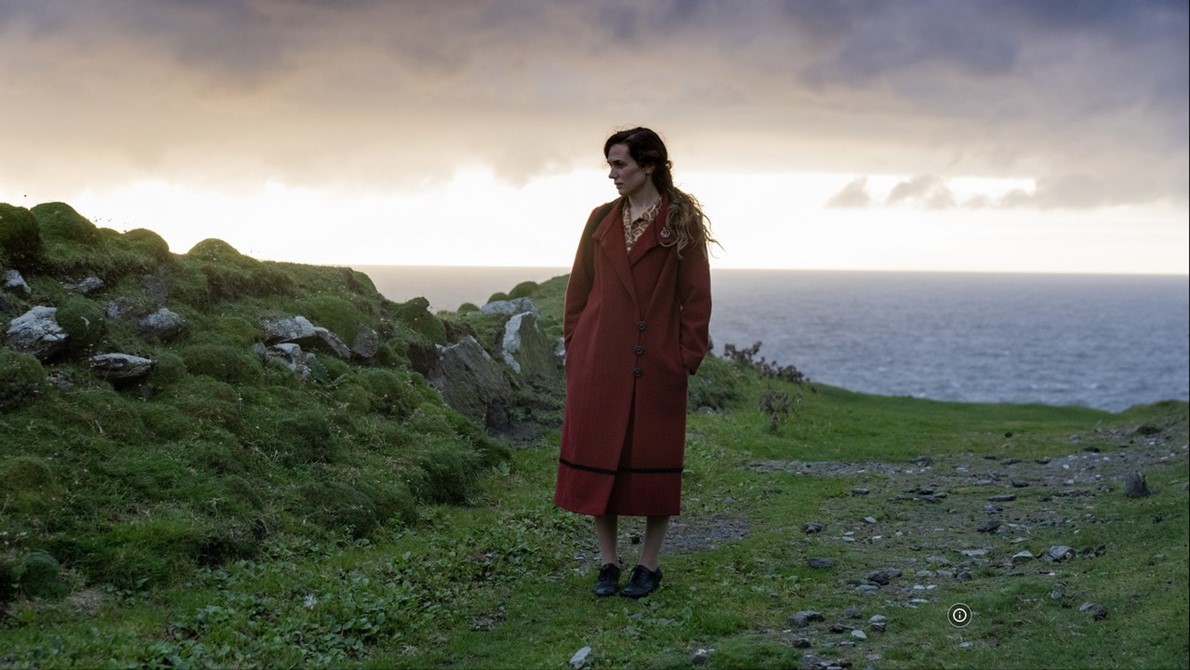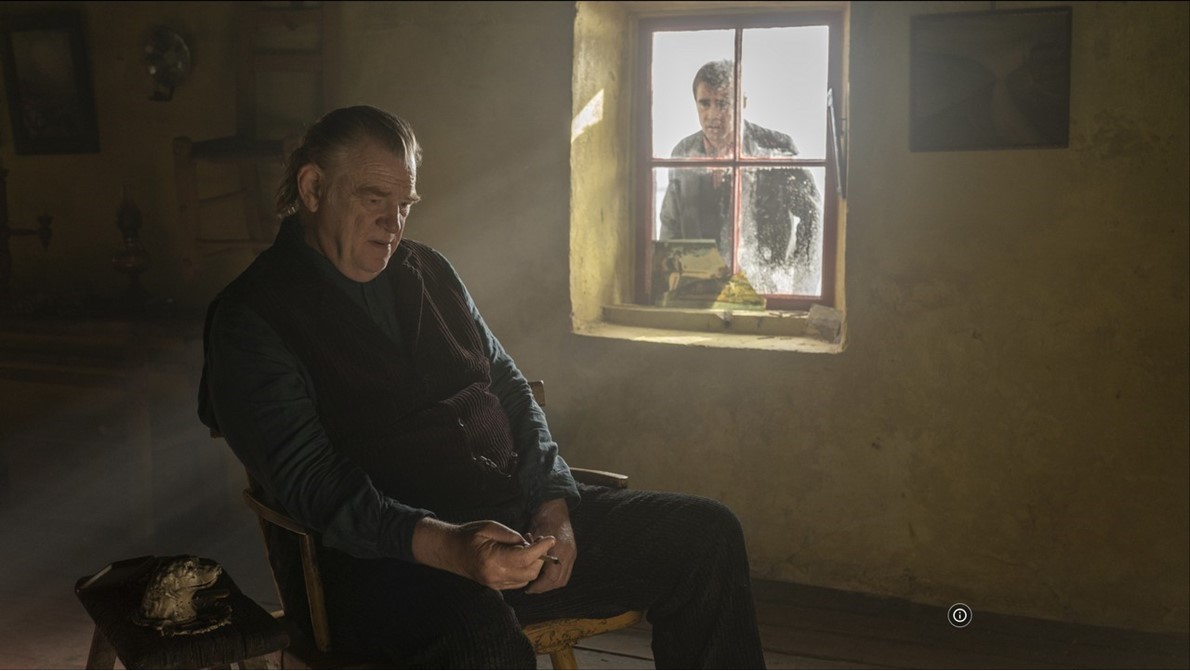No man is an island, as the poet wrote. Pádraic (Colin Farrell), one of the
protagonists in “
The Banshees of Inisherin”, certainly agrees. Suddenly
deprived of the company of his best friend, Colm (Brendan Gleeson), he is in
the grip of panic.
اضافة اعلان
A highly
colorful tale of “felt friendship”, Martin McDonagh’s new film revolves around
two lifelong friends who find themselves on a remote Irish island at a delicate
time in their relationship, when one of them (Colm) no longer wants the
friendship.
The story takes
place in 1923, while a civil war is raging across the country. For this return
to his native country after an American stint, Martin McDonagh has brought
together the stars of his classic “In Bruges” (Welcome to Bruges). Having
played contract killers who go from mistrust to complicity, the two actors now
play long-time companions whose friendship ends abruptly in the opening of the
film that was screened at the Cairo International Film Festival in its 44th edition.

The Banshees of
Inisherin is tinged with a dark and grating humor, which was the strength of
other films by the British director. While the political ongoings may remain
off-screen — we only see a few explosions in the distance — their reality weighs
heavily on the already dull and depressive atmosphere of the film.
Following the
breakdown of the duo’s friendship, Colm intends to devote himself to his violin
and his music. Shocked, Pádriac enters into denial, making repeated attempts at
reconciliation. In desperation, Colm formulates the following warning: Each
time Pádraic speaks to him, he will cut off one of his own fingers.
the film illustrates with an admirable sense of symmetry the absurdity of the quarrel and, by extension, the war
The witnesses of
this strange waltz of enmity are Siobhán (Kerry Condon), Pádraic’s sister, too
educated to be happy in such a superstitious area; and Dominic (Barry Keoghan),
the constable’s son. While dreaming of becoming Pádraic’s new friend, the naive
Dominic also yearns for the love of Siobhán.
Pride and power
On a few chosen occasions, the fratricidal Irish Civil War of 1922-1923
— evoked but never shown — comes back to haunt the story, like a mirror of the
opposition between Pádraic and Colm. Always in this logic of metaphor, the film
illustrates with an admirable sense of symmetry the absurdity of the quarrel
and, by extension, the war. The result turns out to be both terribly moving and
furiously funny, for those who love the type of dark humor that is a constant
with
Martin McDonagh.
Between the
lines, the director offers a scathing critique of masculinity, toxic when pride
takes hold.

The character of
the policeman (Gary Lydon), a despicable being who abuses his power — both as
law enforcement and as father — is a clear example of this preoccupation of the
filmmaker.
The context of
the isolated hamlet governed by strict codes and superstitions takes on a
symbolic value in this light: the character of Siobhán will never stop trying
to extricate herself from its oppressiveness.
Against a
background of washed-out and humid panoramas, nature is not so much human as it
is decidedly male.
Of affliction and
empathy
But what about the banshees?
These creatures from Irish Celtic folklore come out at night, howling under the
window of anyone who is doomed to death. According to village lore, only the
person who is visited hears its chilling cry. The banshees are not malevolent;
they do not cause death — their cries are full of empathy. And like the
banshee, all the characters in the film howl silently, to themselves.
We can also see in the title an allusion to the
theme of death, predominant in the film (and in the work of McDonagh).

At its core, “The Banshees of Inisherin” is a
masterpiece of subtle emotion and interaction, against a visually stunning
backdrop complimented by the acting and interpersonal dynamics of Farrell and
Gleeson, two actors who obviously share a very real collusion, both on- and
off-screen.
Read more Reviews
Jordan News



